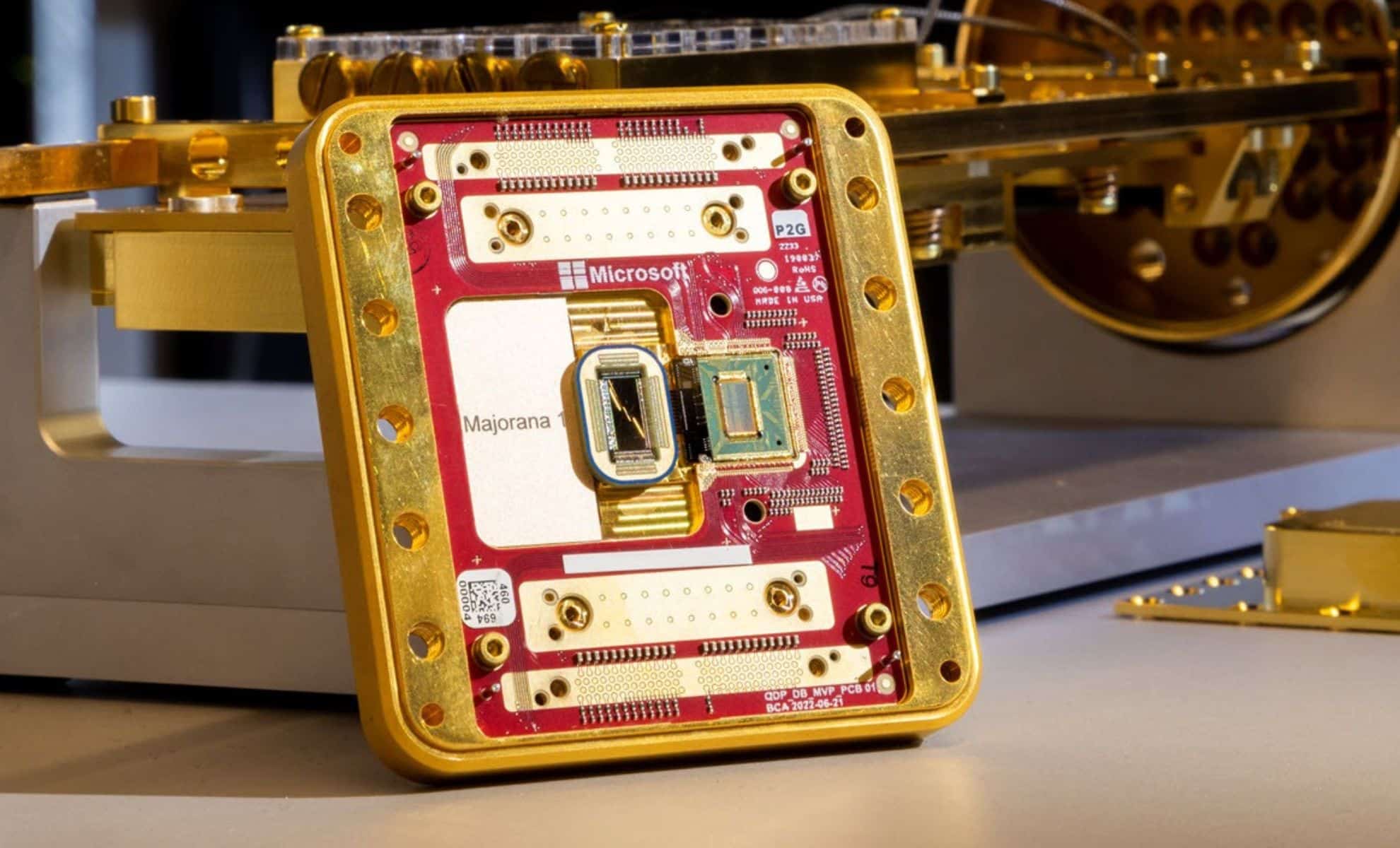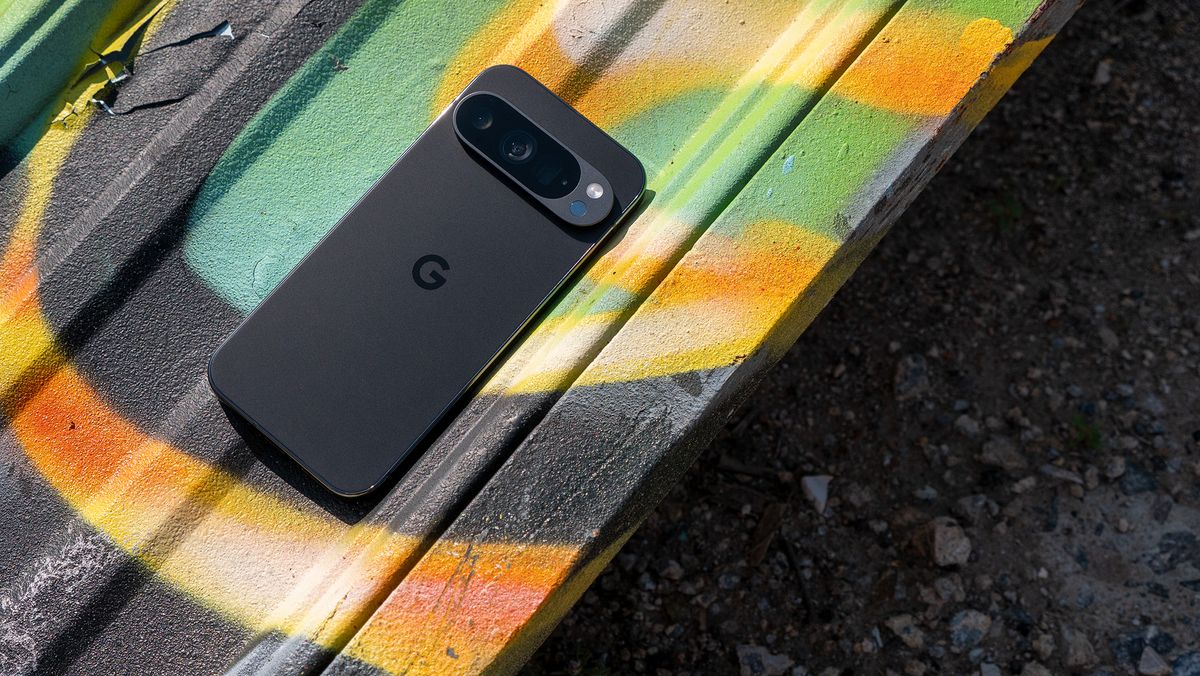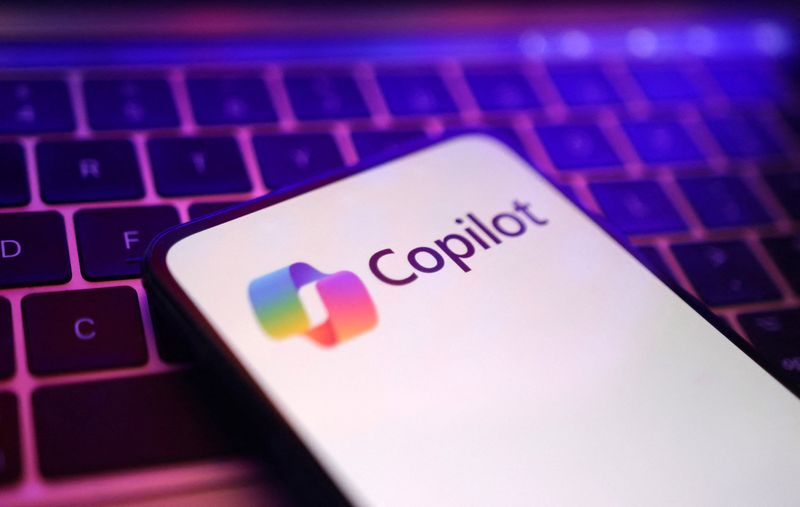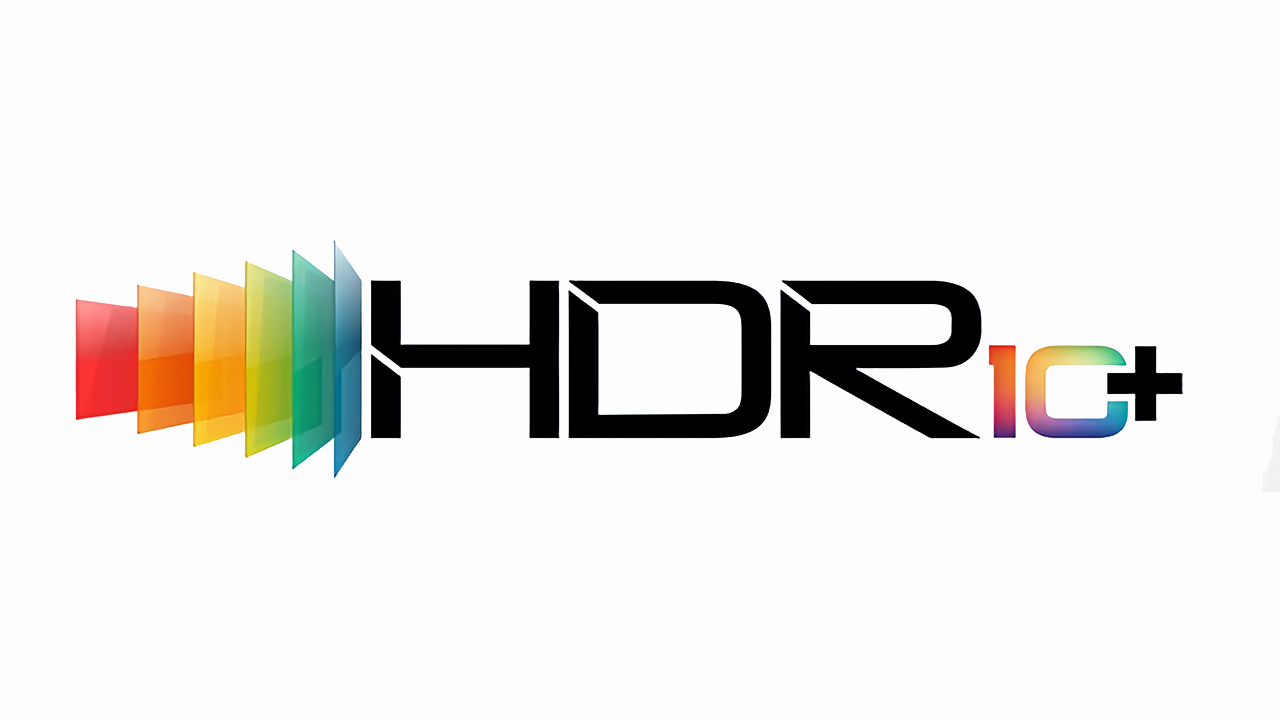Quantum Leap or Quantum Mirage? Microsoft's 17-Year Quest Sparks Scientific Debate

In a groundbreaking announcement that could revolutionize the world of computing, Microsoft claims to have achieved a quantum computing milestone after nearly two decades of intense research and development. The tech giant believes it has cracked a complex challenge that could potentially transform how we process information at the most fundamental level.
However, the excitement is tempered by skepticism from the scientific community. While Microsoft boldly declares a breakthrough, some researchers are demanding more concrete evidence to substantiate their extraordinary claims.
The company has been quietly working on this quantum computing project for 17 years, pushing the boundaries of what was previously thought possible in computational technology. Their approach differs significantly from traditional quantum computing methods, potentially offering a unique pathway to solving incredibly complex computational problems.
Yet, the scientific world remains cautious. Experts are calling for rigorous peer review and comprehensive proof to validate Microsoft's sensational announcement. The quantum computing landscape is notoriously challenging, and extraordinary claims require extraordinary evidence.
As the debate unfolds, one thing is clear: Microsoft's potential breakthrough could be a pivotal moment in computing history—if they can definitively prove their revolutionary claims.








